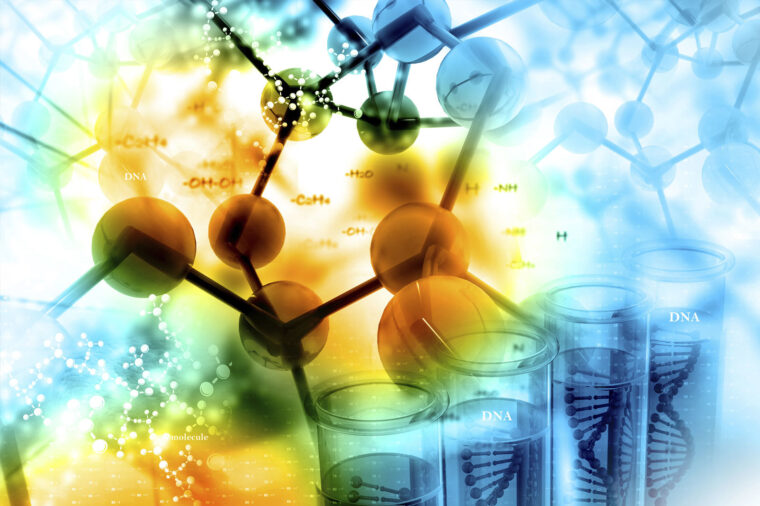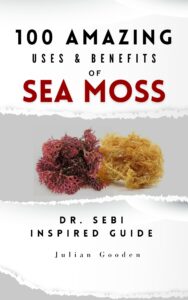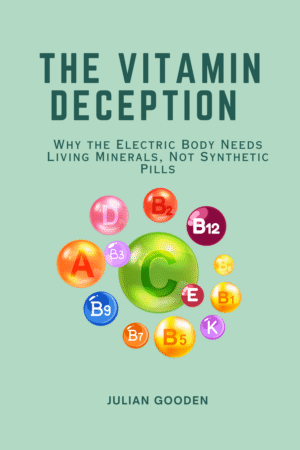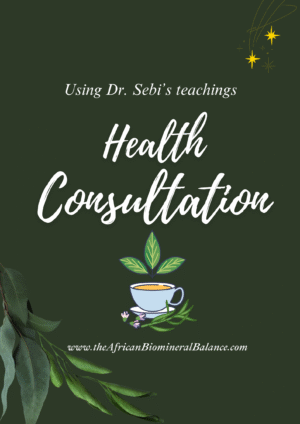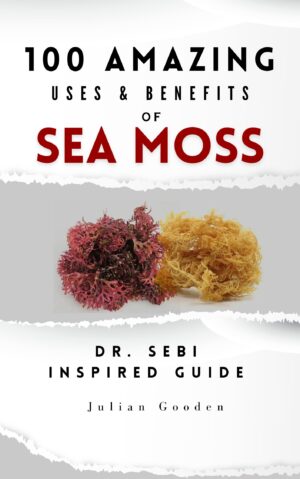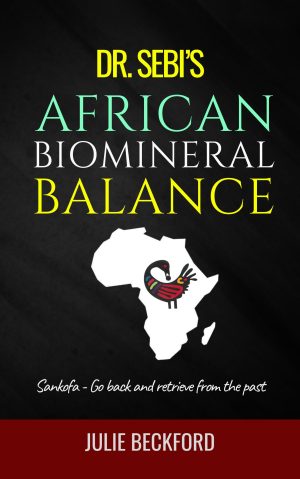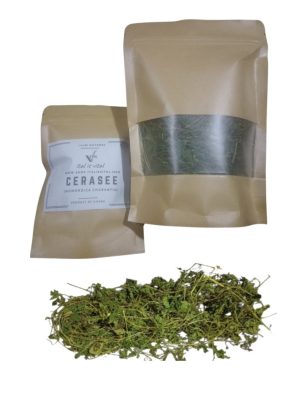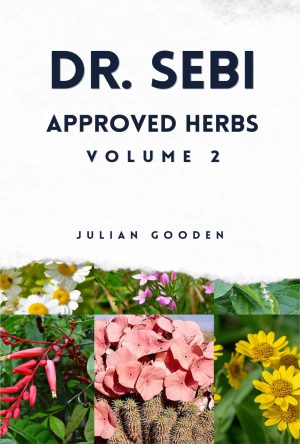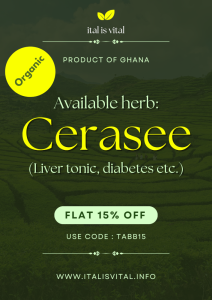What is Biochemistry?
Definition
Biochemistry is the branch of science that studies the chemical processes and substances within living organisms.
It combines biology (life) and chemistry (matter and reactions) to explain how life functions at the molecular level.
What Biochemistry Looks At
- Molecules of Life
- Biological catalysts*, hormones
- Carbohydrates (sugars, starches, fibers)
- Lipids (fats, oils, membranes)
- Nucleic acids (DNA, RNA)
- Nutrients & minerals
- Reactions in the Body
- How food is digested and turned into energy (metabolism).
- How biological catalyst* speed up and regulate chemical reactions.
- How the body detoxifies and balances itself.
- Communication in the Body
- Hormones, neurotransmitters, and signals between cells.
- How nutrients, minerals, and compounds from plants interact with these systems.
Why Biochemistry Matters
- It helps us understand how plants, herbs, and foods affect our health.
- Example: Biochemistry shows why iron phosphate in burdock root is easily absorbed into the blood, but ferrous sulfate (synthetic iron) can be harsh and poorly assimilated.
- It also explains why wild plants, with their natural mineral structures and phytochemicals, often align better with the body’s chemistry than hybrids or synthetics.
Simple way to put it:
Biochemistry is the science of life’s chemistry – how living things are built and how they run on chemical reactions.
Biochemistry from a Natural/Dr. Sebi Perspective
1. The Body is Chemistry
- Dr. Sebi often said, “The body is made up of minerals.”
- Biochemistry agrees: our blood, tissues, and organs run on chemical elements (iron, magnesium, calcium, potassium, zinc, etc.).
- Health depends on whether those minerals are present in the right form and balance.
2. Wild Plants vs Hybrids in Biochemistry
- Wild plants provide minerals in organic, electrical forms (iron phosphate, calcium phosphate, magnesium malate). These have high affinity with the body.
- Hybrid plants often provide starch-heavy, weaker, or incomplete compounds that the body struggles to use.
- Biochemically, this means wild plants fuel reactions efficiently, while hybrids create waste or imbalance.
Example:
- Burdock root → provides iron phosphate (bioavailable iron for blood).
- Spinach → contains inorganic oxalates that block calcium absorption, lowering affinity.
3. Electric Foods & Molecular Structure
- Dr. Sebi spoke of “electric foods” – meaning foods that keep the body’s natural electrical charge.
- In biochemistry, this aligns with:
- Ion exchange (how minerals carry charges in the blood).
- Alkaline balance (pH 7.35-7.45 for blood).
- Biological catalysts* (biological catalysts need charged mineral cofactors to function).
Wild plants are alkaline-forming and hold a natural charge → they “plug in” to our biochemistry.
4. Affinity and Assimilation
- Biochemistry explains why the body accepts certain compounds and rejects others.
- Wild herbs: high affinity → assimilated smoothly, no stress.
- Hybrids or synthetics: poor affinity → body struggles, produces mucus, toxins, or acidity.
Example:
- Sea moss contains iodine with selenium and zinc → nourishes thyroid naturally.
- Synthetic iodine (or hybrid seaweed) may overstimulate the thyroid because cofactors are missing.
5. Healing Through Biochemistry
- The African Biomineral Balance Dr. Sebi taught is essentially a biochemical healing system:
- Restore minerals in natural form.
- Use alkaline plants to cleanse acidic waste.
- Repair tissues with high-affinity wild herbs.
- Disease is seen as mineral imbalance or mucus buildup, and herbs correct this by re-aligning chemistry.
In summary:
From Dr. Sebi’s perspective, biochemistry confirms that the body thrives on natural plant chemistry.
- Wild plants = complete, electrical, high affinity → healing.
- Hybrids/synthetics = incomplete, acidic, poor affinity → disease.

* same as “enzymes”, which is not endorse by Dr. Sebi
References
These are a mix of Dr. Sebi’s own teachings and mainstream sources for contrast:
- Sebi, Alfredo Bowman. Dr. Sebi: Dietary Guide & Philosophy on the African Bio-Mineral Balance. Personal lectures and writings.
- Beckford, Julie. Dr. Sebi’s African Bio-mineral Balance. (Highly recommended source on Sebi’s teachings).
- NutritionFacts.org – Amino acids vs. proteins in plant-based nutrition.
- Alberts, Bruce et al. Molecular Biology of the Cell. 6th Edition – for mainstream biochemistry.
- Nunn, Laura B. Vitalism and the Healing Traditions. (Background on electricity/vital force in healing).
